

Schwerin
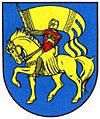
Schwerin is a city in northern Germany and the capital of the state Mecklenburg-Vorpommern. The population as of mid-2006 was 96,542.
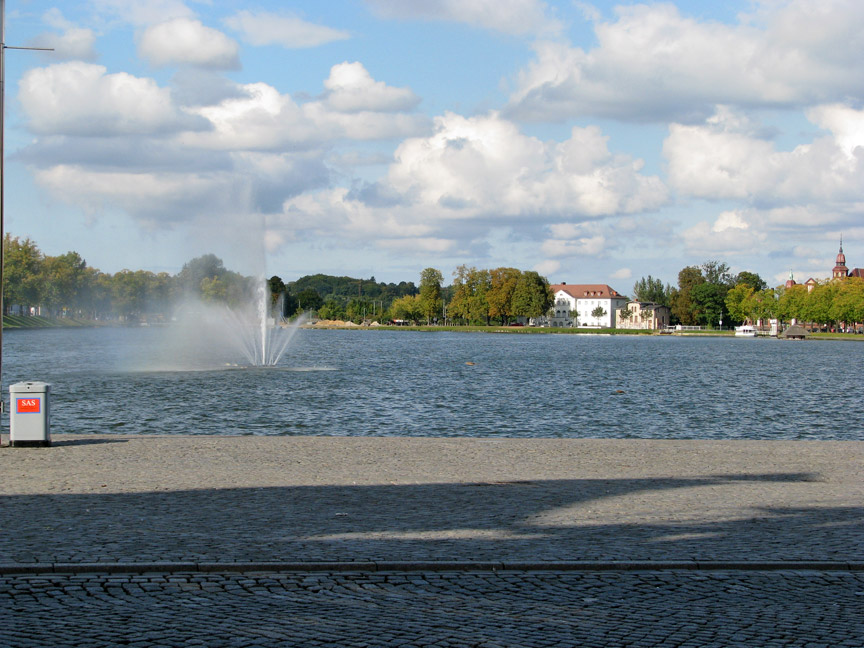
Schwerin is surrounded by many picturesque lakes. The largest of these lakes,
the Schweriner See, has an area of 60 km². In the midst of the lakes there was
an Obotrite settlement as early as in the 11th century. The area was called
Zuarin, and the name Schwerin is derived from that designation. In 1160 Henry
the Lion defeated the Obotrites and captured Schwerin. The town was subsequently
expanded into a powerful regional centre. A castle was built, and expanded upon
over the centuries, on this site. It is supposedly haunted by the small, impious
ghost called Petermännchen.
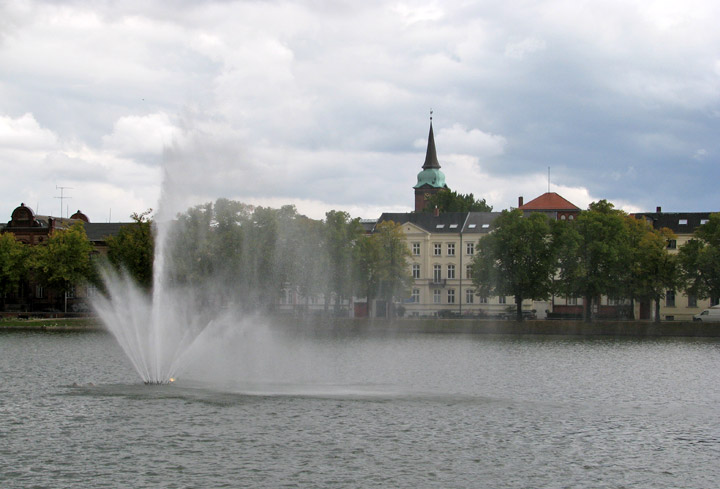
In 1358 Schwerin became a part of the Duchy of Mecklenburg, making it the seat
of the dukedom from then on. About 1500 the construction of the Schwerin castle
began; it was here that the dukes resided. After the division of Mecklenburg
(1621), Schwerin became the capital of the Duchy of Mecklenburg-Schwerin.
Between 1765 and 1837 the town of Ludwigslust was the capital, before the status
of Schwerin was reestablished at last.

After 1918, and during the German Revolution, resulting in the fall of all the
German monarchies, the Grand Duke abdicated. Schwerin became capital of the Free
State of Mecklenburg-Vorpommern thereafter.
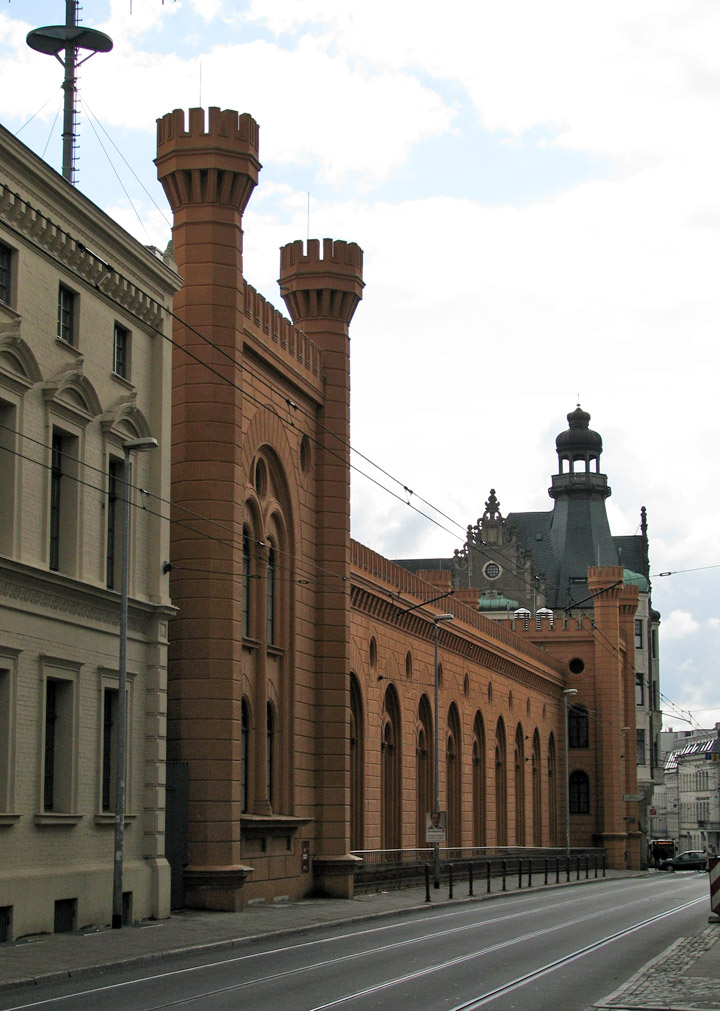

Photos of the Railroad Station
At the end of World War II, on May 2, 1945 Schwerin was taken by U.S. troops. It
was turned over to the British on June 1, 1945, and one month later, on July 1,
1945 it was turned over to the Soviet forces, as the British and American forces
pulled back from the line of contact to the predesignated occupation zones.
Schwerin was then in the Russian Occupation Zone which was to become the German
Democratic Republic (GDR). Initially it was the capital of the State of
Mecklenburg which at that time included the western part of Pomerania (Vorpommern).
After the states were dissolved in 1952 Schwerin was capital of the Schwerin
district (Bezirk Schwerin).

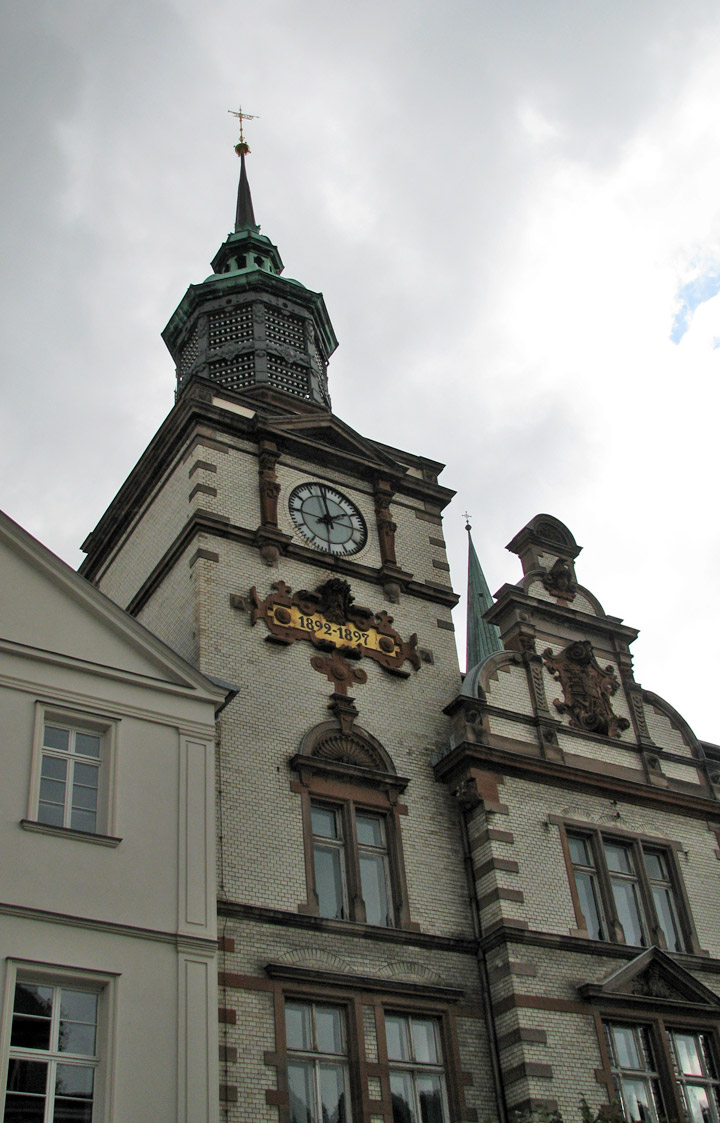
After reunification in 1990 the former state of Mecklenburg-Vorpommern was
recreated as one of the Bundesländer. Rostock was a serious contender as state
capital but the decision made in favor of Schwerin.
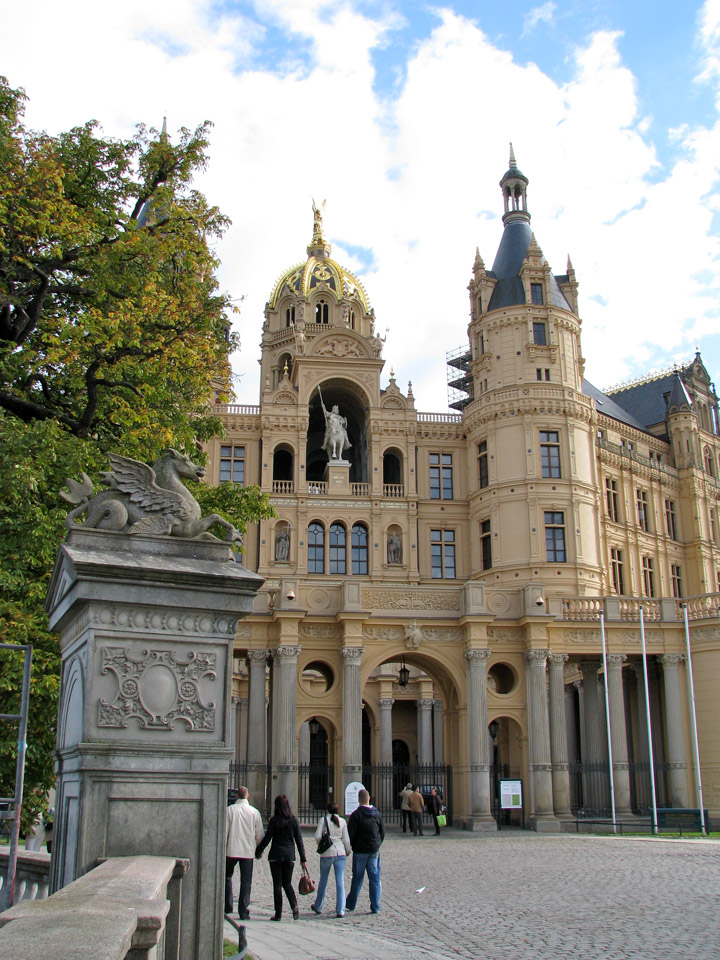
Schwerin Castle
More Photos of Schwerin Castle
* The landmark of the city is the Schwerin Castle, located on an island in the lake of the same name (Schweriner See). It was for centuries the residence of the Dukes of Mecklenburg and today is the seat of the Landtag (state parliament).
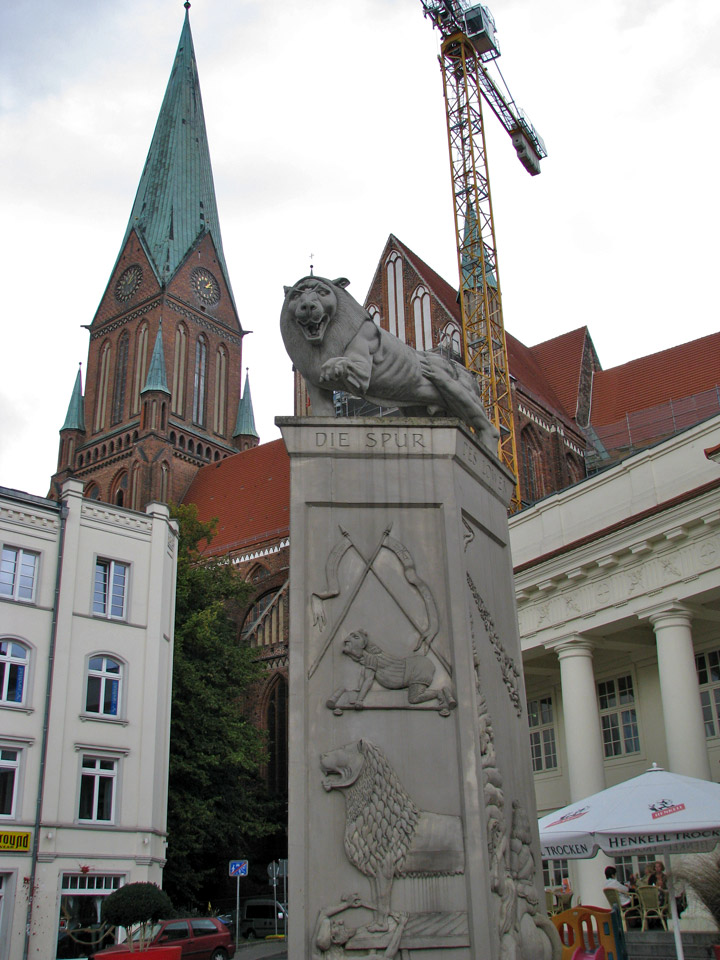
Roman style column in front of the cathedral
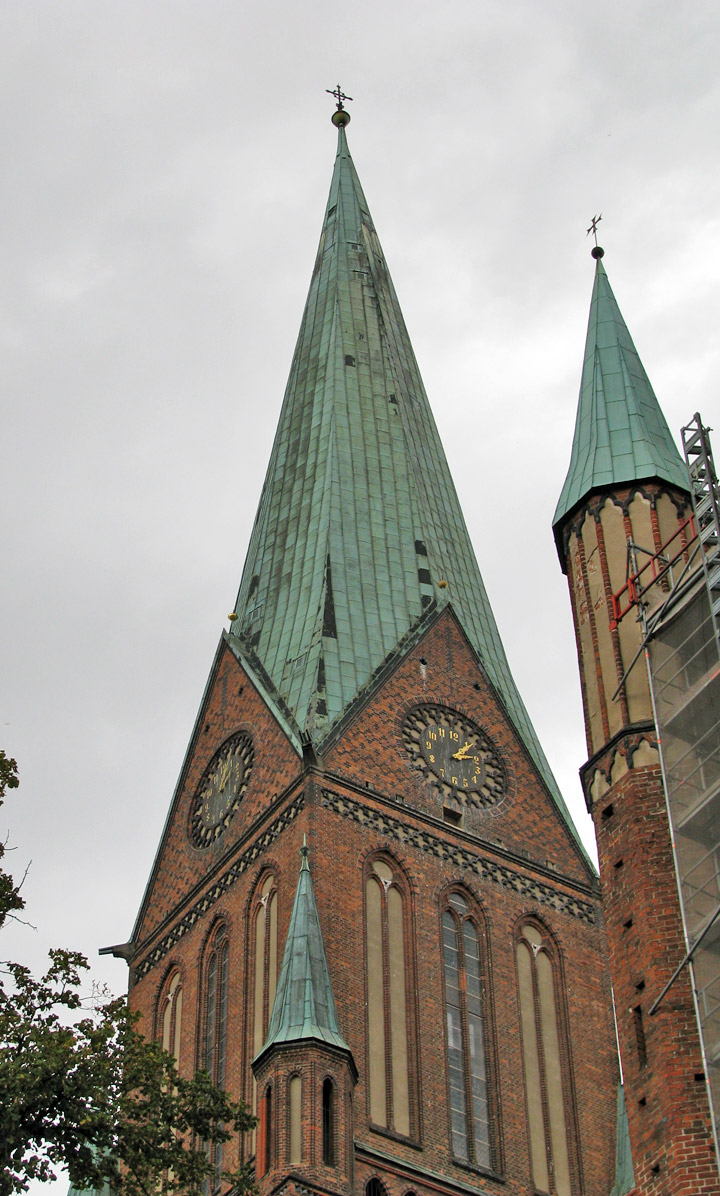
Schwerin Cathedral
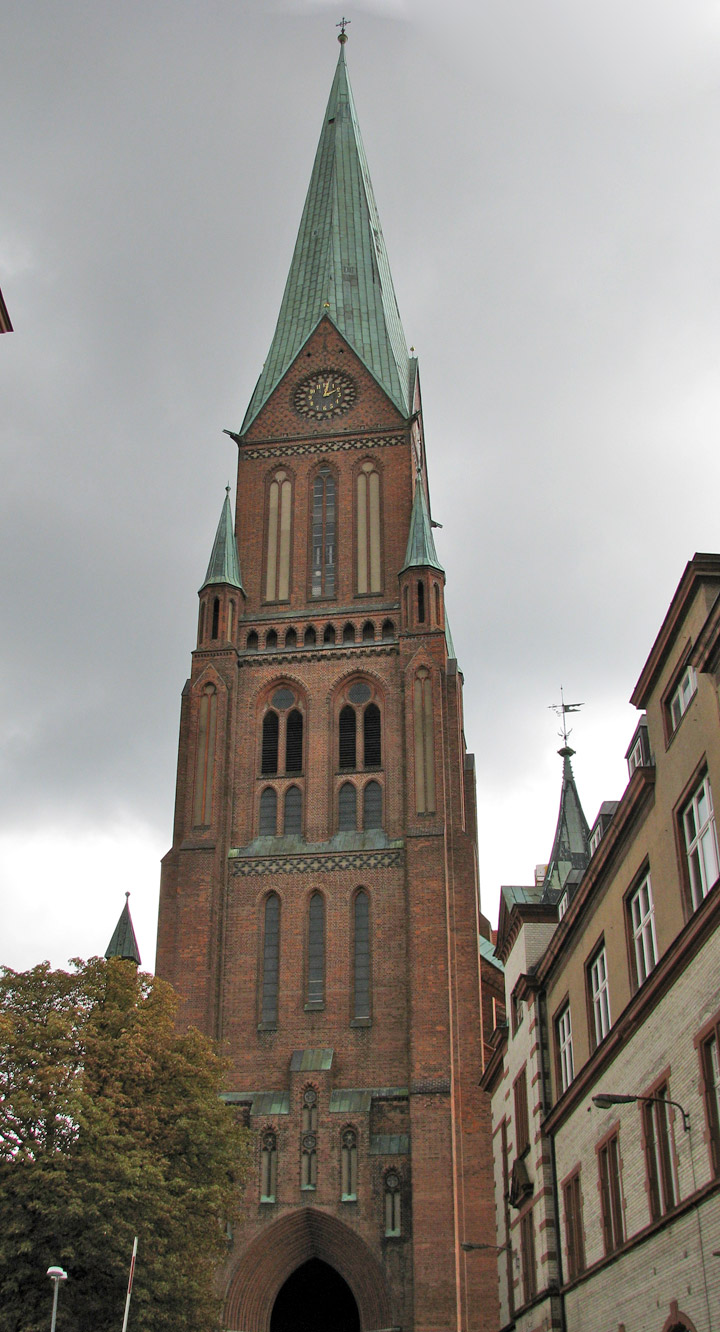
the cathedral
Photos of St Paul's Lutheran church
* Schwerin Cathedral, built in 1260–1416 in Brick Gothic style.
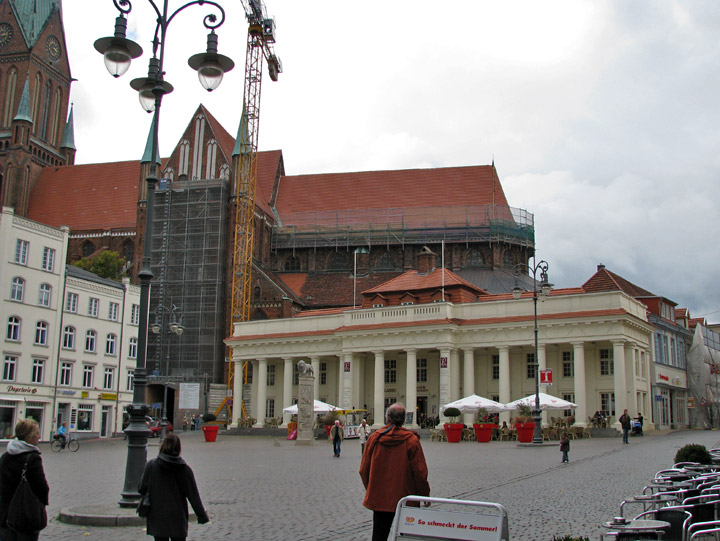
cathedral plaza
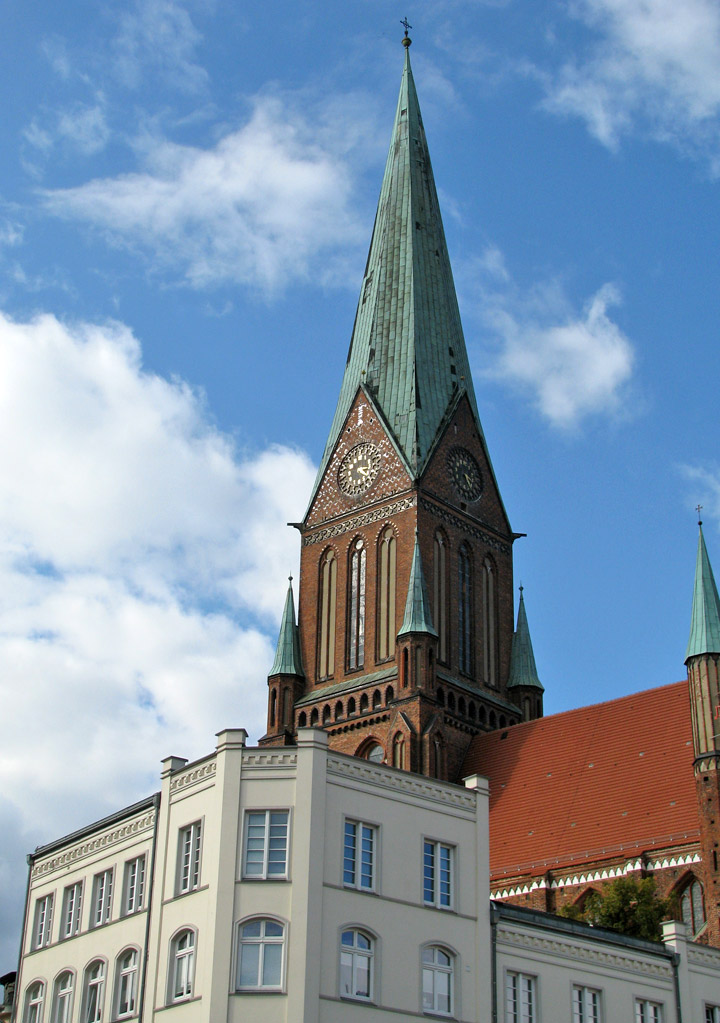
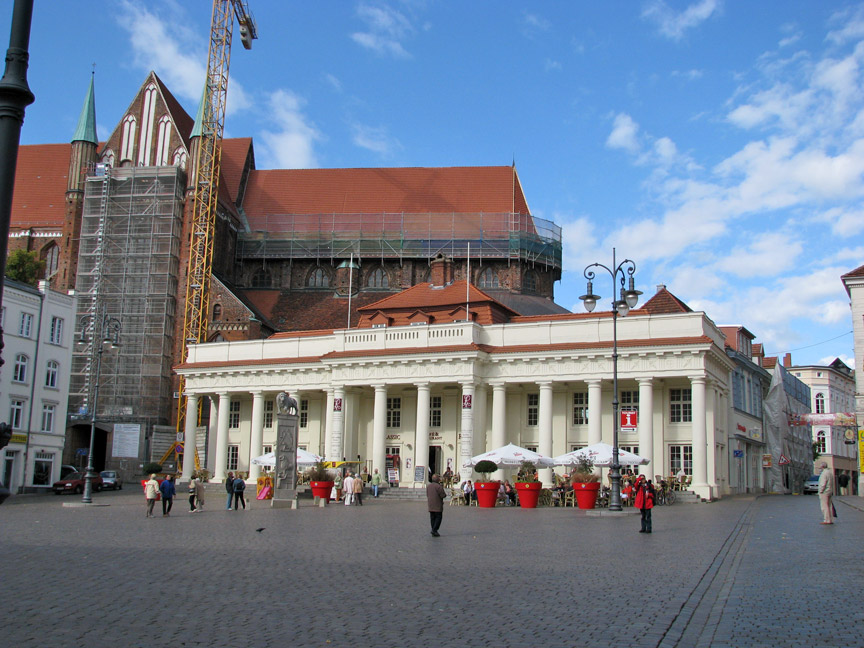
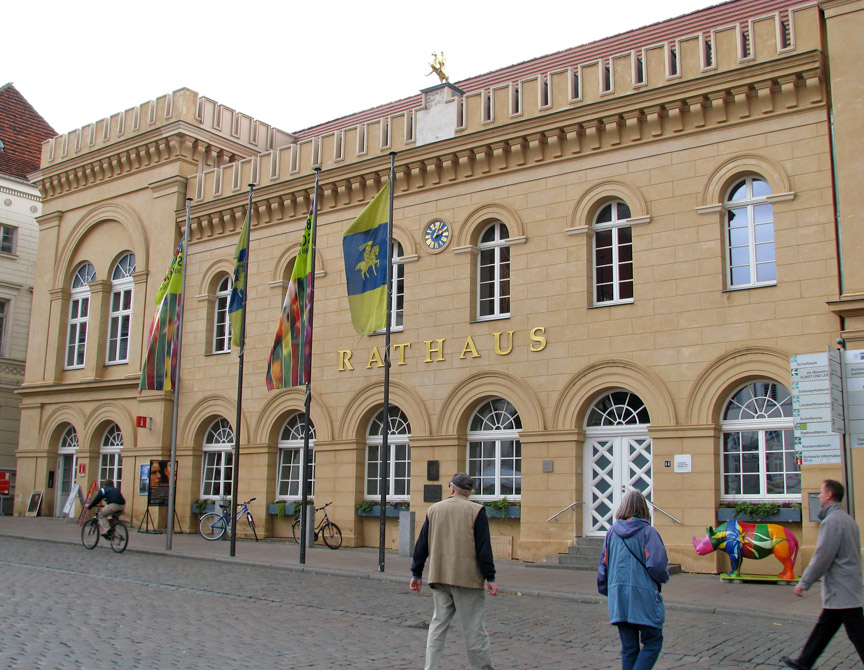
town hall
* The town hall (18th century)
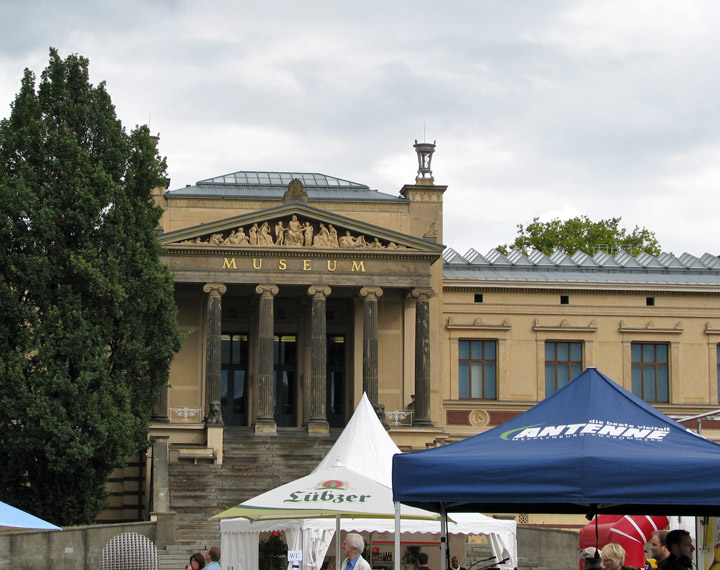
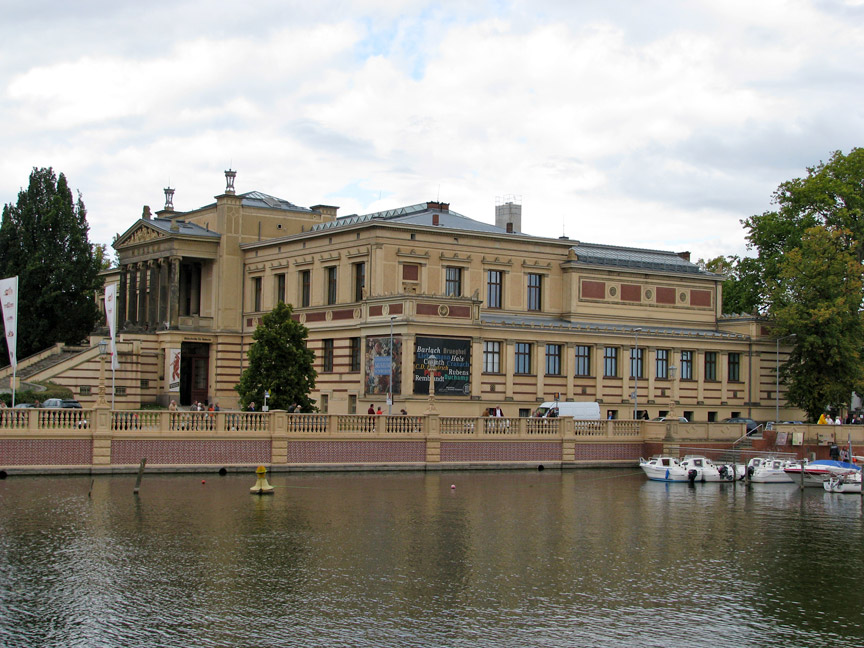
Staatliches Museum Schwerin
* The Alter Garten (Old Garden) square, surrounded by buildings such as the 18th-century Altes Palais (Old Palace), the neoclassical Staatliches Museum Schwerin (State Art Museum), built in 1877–1882, and the Staatstheater (City Theater), erected in 1886.
Text from Wikipedia
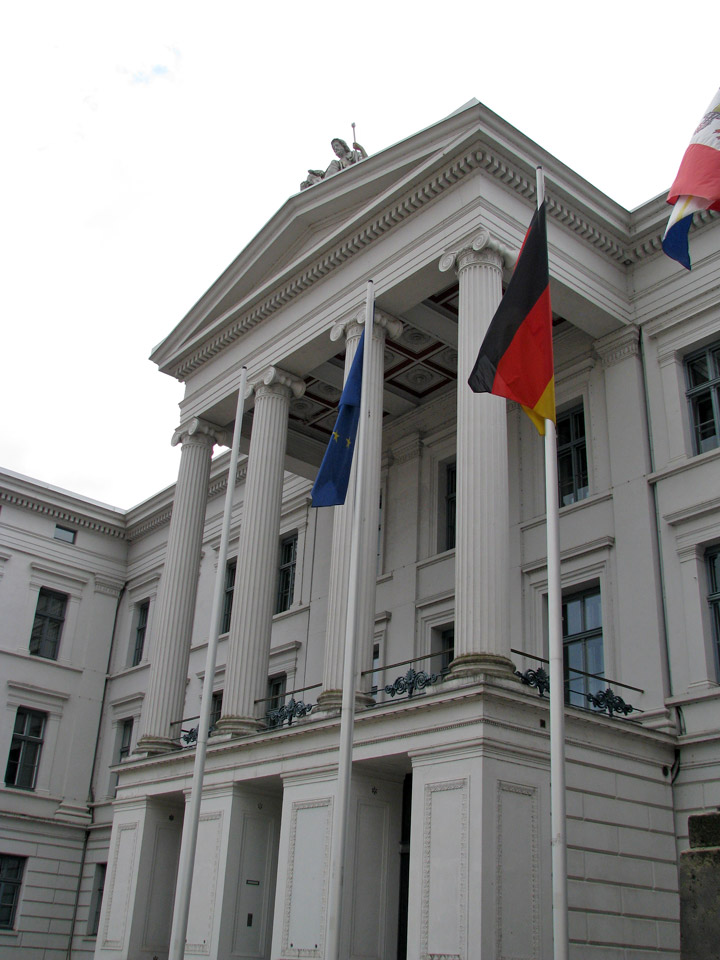
state ministry building
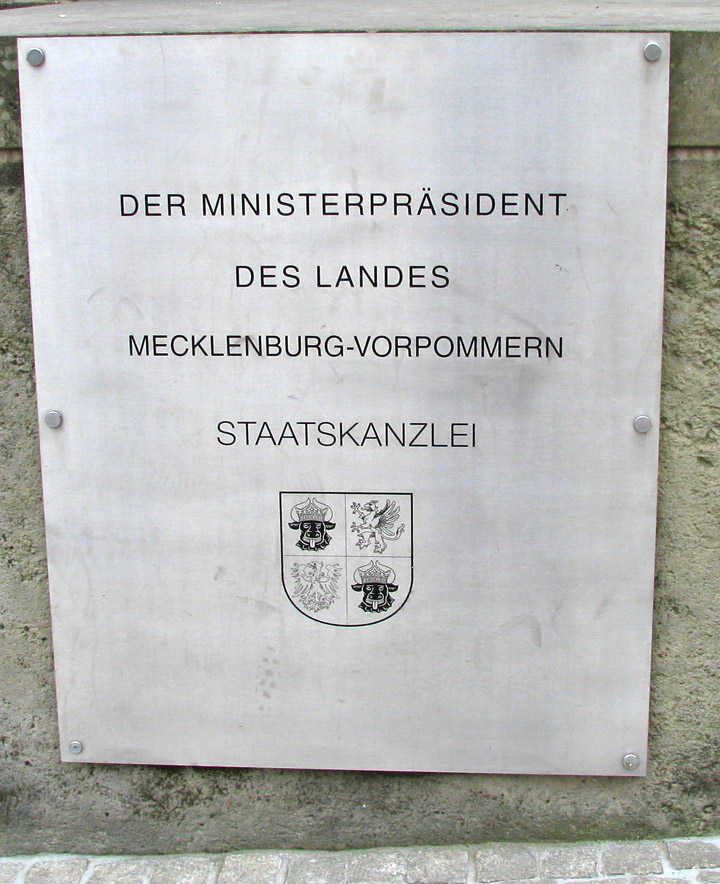
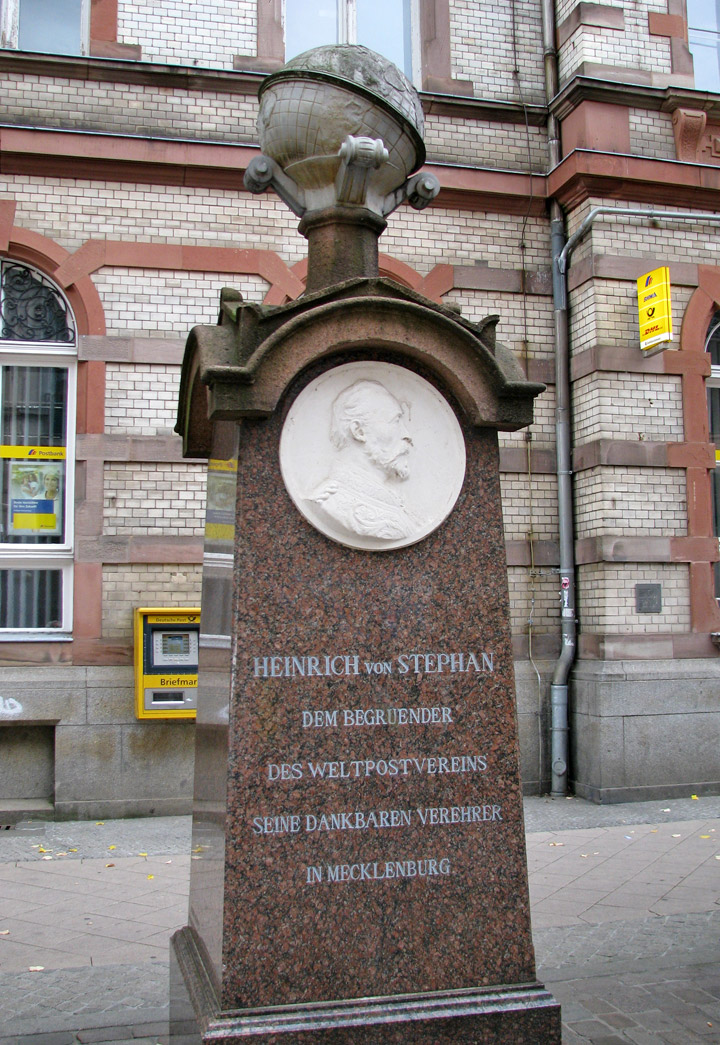
postal pioneer
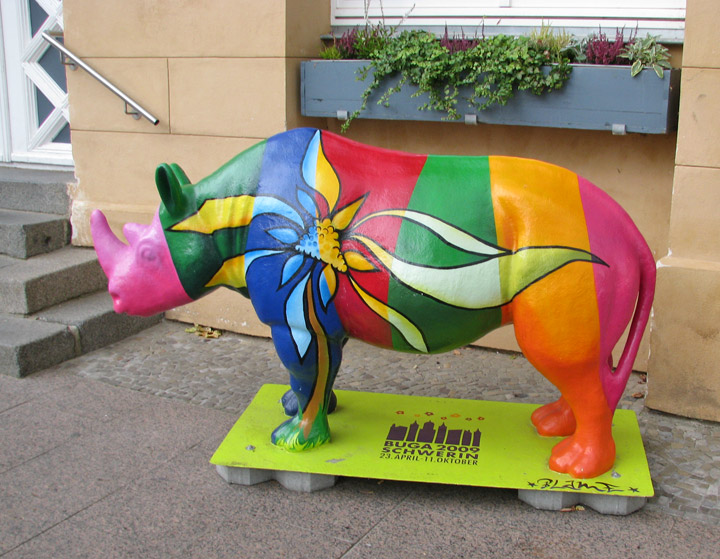
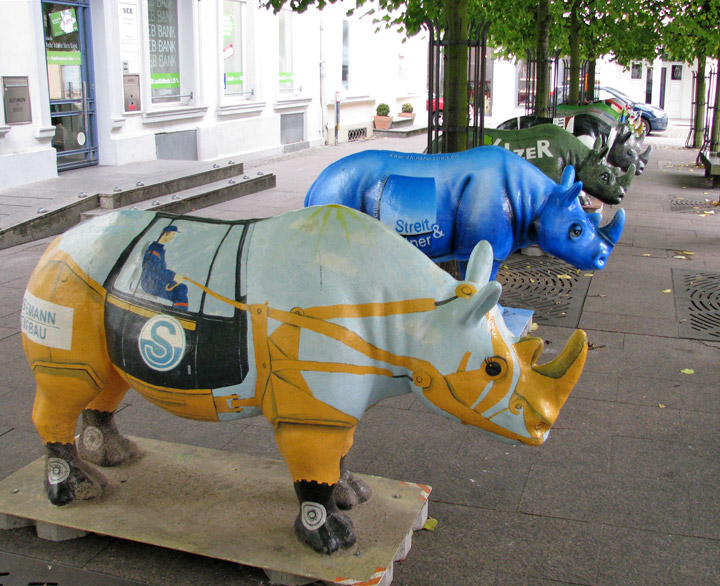
advertising rhinos

Peter Museum
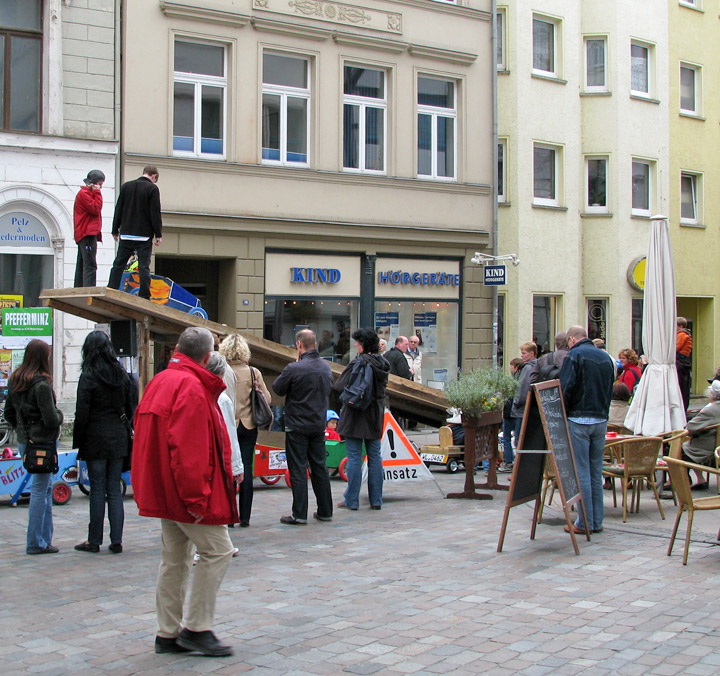
soapbox racers on the city streets
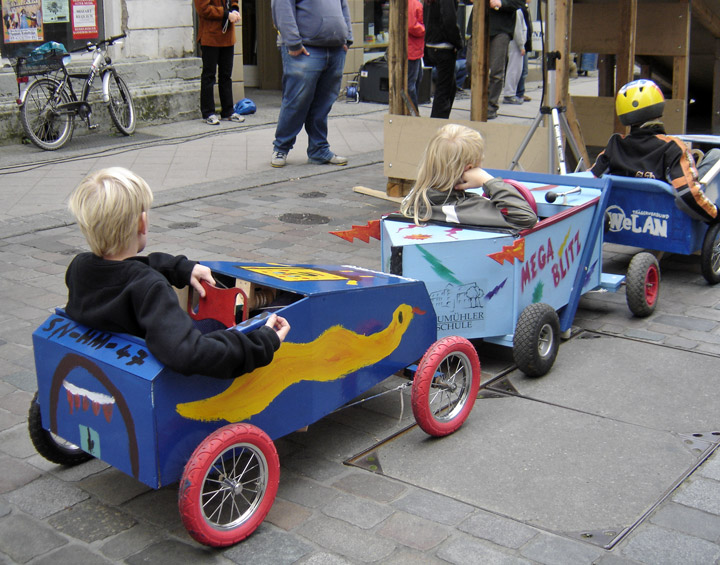
waiting their turn
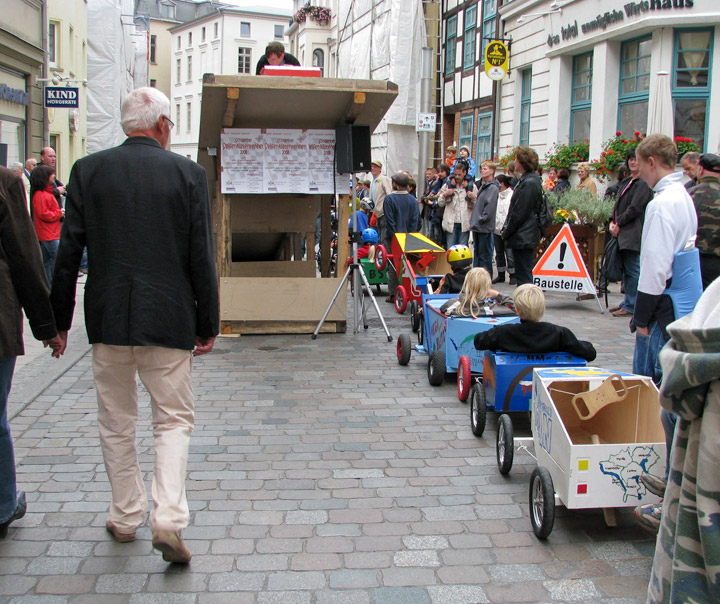
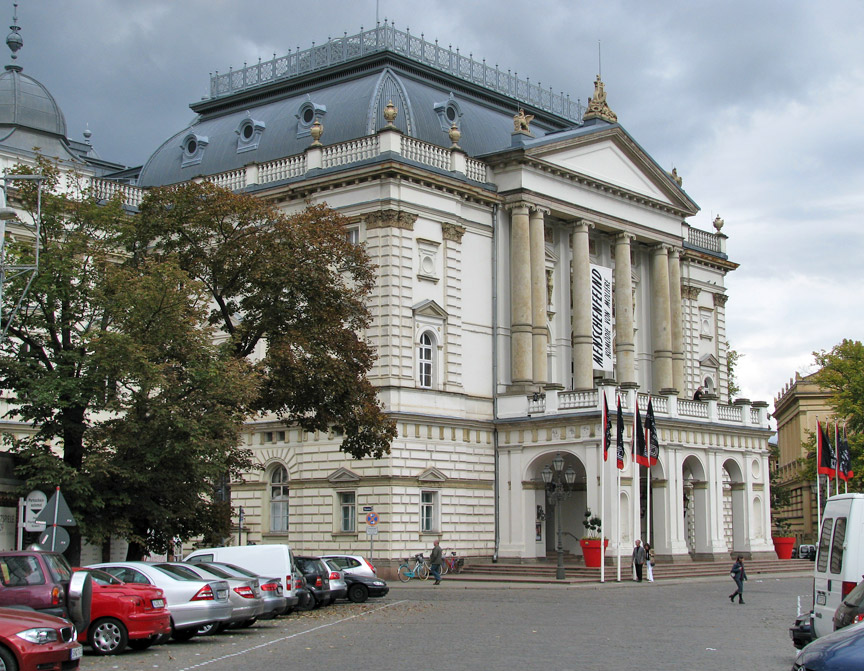
city theater

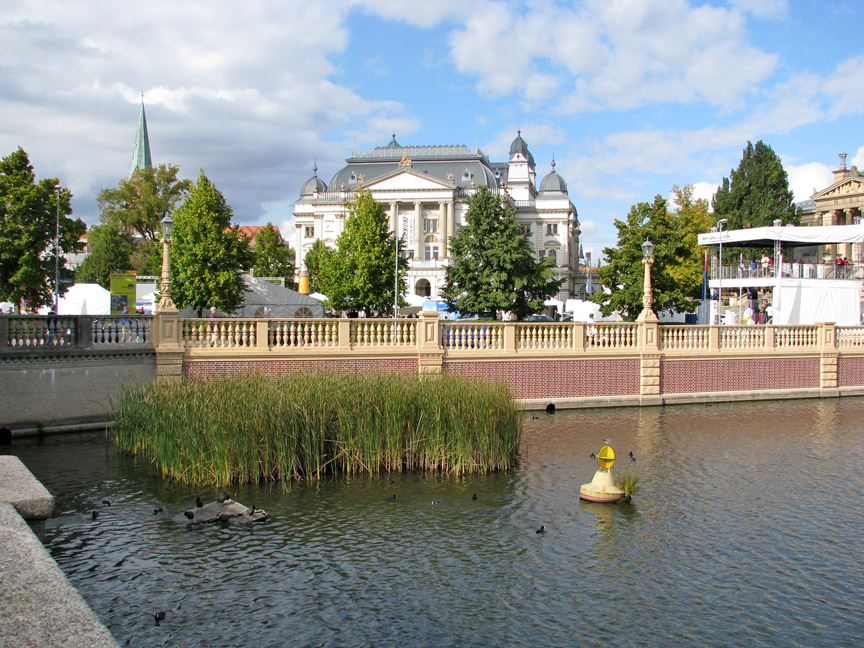
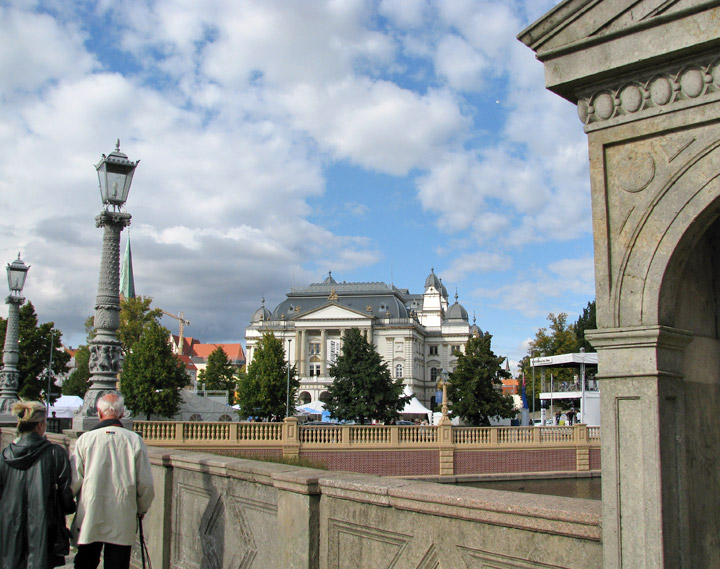
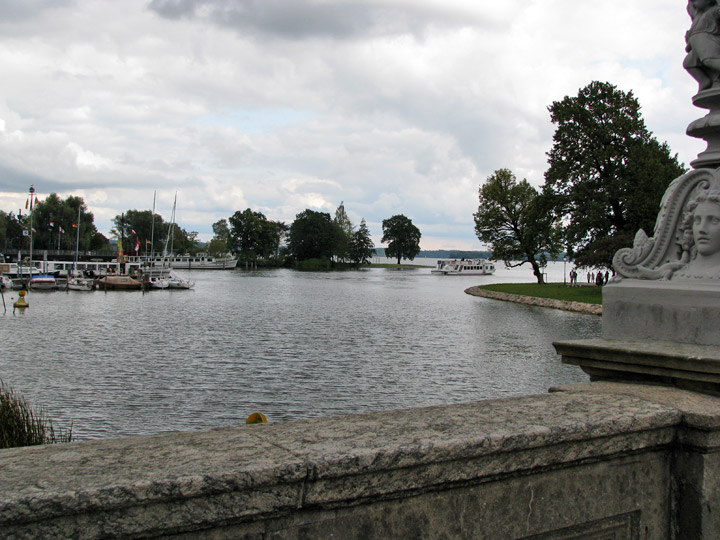
Schweriner See
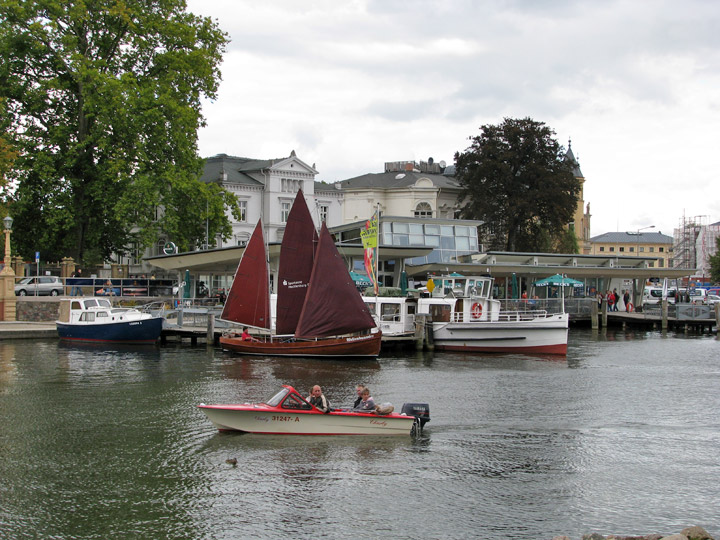
by sail or motor